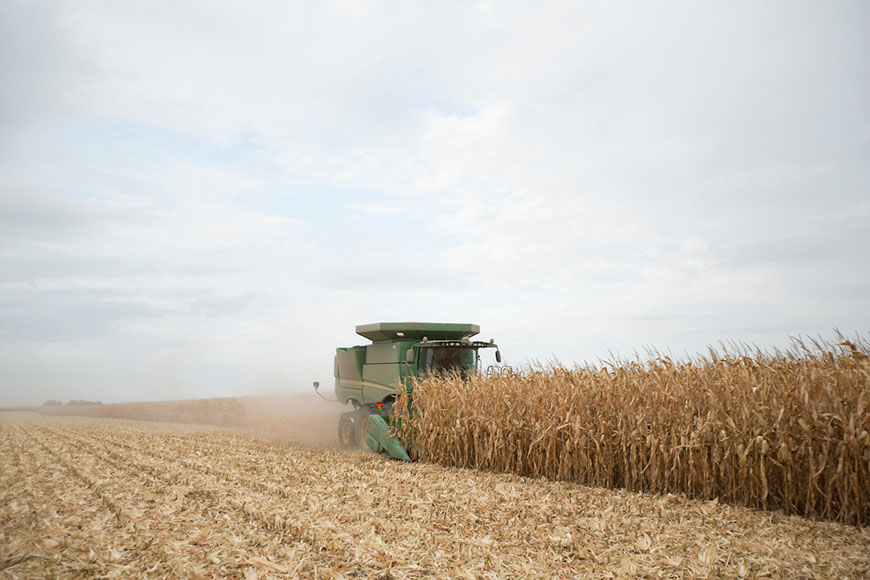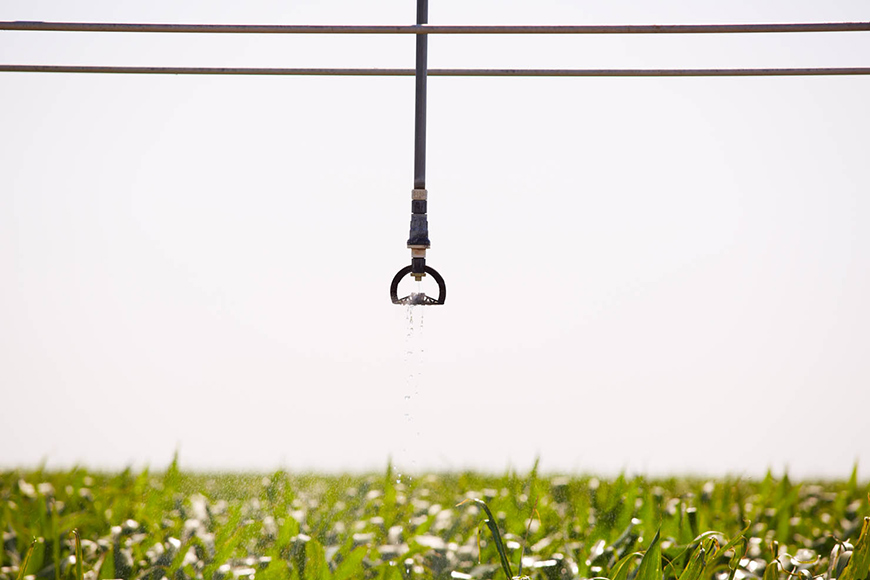Tips for Capturing and Using Harvest Data

It’s important not only to successfully gather your yield data at the end of the season but also to leverage its full value. Here are five tips to get the most from it.
1. Rank harvest order by biomass.
A number of ag technology tools can measure the crop biomass of various fields. As crops reach peak biomass, give these fields top priority for harvesting.
2. Ensure data accuracy throughout harvest.
All combines should be calibrated correctly before the first field is harvested, and continuously throughout harvest. It’s common practice to recalibrate when switching from harvesting corn to harvesting soybeans, but it’s also important to recalibrate between fields of the same crop. This will provide a strong basis for analyzing yield goals next season.
3. Clean data and standardize file names.
Once you’ve loaded harvest data into a computer system, remove all outliers and bad data sets that can distort results. For example, many yield maps will show high- and low-flow areas at the beginning and end of combine passes due to the sensor not taking an accurate measurement as the combine speeds up and slows down.
Confirm that file-naming conventions for fields are aligned and consistent. If you use multiple names for the same field, work with your agronomist to label each field accurately, using the same name across all ag technology tools.
4. Analyze data postharvest.
After you’ve achieved the cleanest data possible, it’s time to analyze it, draw conclusions and make decisions. Keep in mind these key items.
-
Identify the highest- and lowest-producing zones in each field, looking for ways to optimize yield potential in these areas.
-
Pay attention to all contributing factors, such as weather conditions and plant nutrition, to help determine why crops performed as they did.
-
If you conducted on-farm trials or implemented new practices like variable-rate seeding or fertility applications, assess the results directly tied to them.
-
Examine yield maps with ag technology tools that calculate profitability. By entering input costs, you can assign a monetary value to yield and determine how field variability affected overall margins.
5. Leverage learnings.
Understand why you received the results you did, using this information to tweak programs and make improvements for next season. Meet with your agronomist to determine where ROI was achieved and where profits netted out on every acre. This will help determine seed selection, fertility programs and in-season management for next season.
Editor's Note: This article was originally published in September 2017 and was updated in October 2019.
All photos are either the property of WinField United or used with permission.
© 2019 WinField United. Important: Before use always read and follow label instructions. Crop performance is dependent on several factors many of which are beyond the control of WinField United, including without limitation, soil type, pest pressures, agronomic practices, and weather conditions. Growers are encouraged to consider data from multiple locations, over multiple years, and be mindful of how such agronomic conditions could impact results. WinField® is a trademark of WinField United.



.jpg?ext=.jpg)

